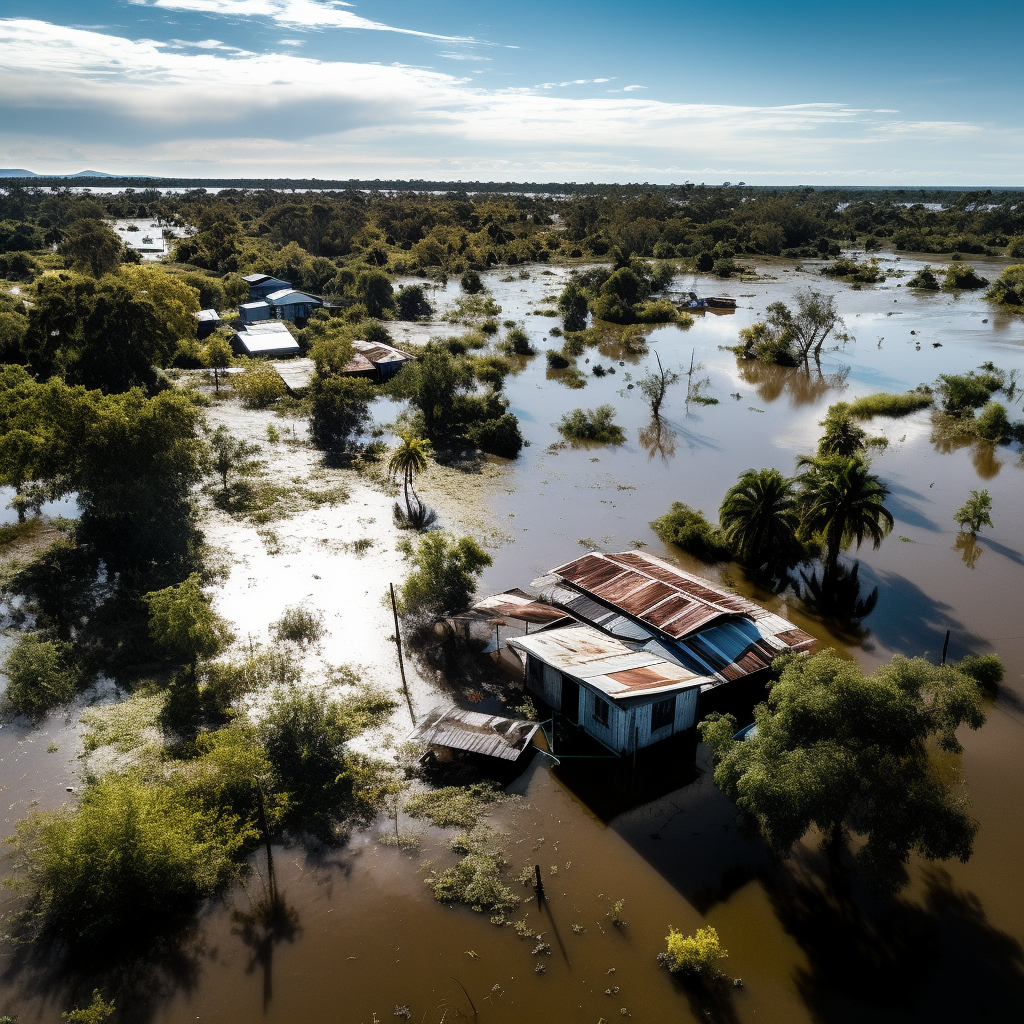The shortfall in climate adaptation funding is actually 50% higher than what was previously estimated, according to a report by a U.N. agency. Despite the increasing frequency of extreme weather events, promises from rich countries to help poorer nations adapt to climate change have slowed down. In 2009, developed countries pledged to provide $100 billion a year in climate finance to poorer nations. However, this pledge has not been fully secured. The aim of this funding was not only to reduce greenhouse gas emissions but also to assist in adapting to rising temperatures and sea levels. The current annual financing shortfall for adaptation alone is estimated to be between $194 billion and $366 billion. Existing financial flows have only reached $25 billion during the period of 2017-2021. This is a significant gap that needs to be addressed. The U.N. Environment Program (UNEP) has highlighted the urgency of taking action to protect people and nature. However, despite the increasing needs, progress in this area has been slow.
The UNEP report also revealed that the financing for adaptation projects has been insufficient. While there has been an increase in funding for mitigation projects such as renewable energy, mobilizing funds for adaptation has proven to be challenging. This is because donors often find mitigation projects more appealing due to their global impact and potential returns on investment. However, the need for ambitious adaptation action is crucial in order to prevent further losses and damage. For example, investing $1 billion in coastal flooding prevention could help avoid $14 billion in economic damage.
U.N. Secretary-General Antonio Guterres has called on developed nations to fulfill their pledges made at climate talks in 2021 to double adaptation funds. He also suggested implementing a windfall tax on fossil fuel companies to compensate for climate-related losses. The UNEP estimates that developing countries require $215-$387 billion per year until 2030 to adapt to climate impacts, and this figure is expected to rise significantly by 2050.
It is clear that the current funding gap for climate adaptation is substantial. Comparatively, the $100 billion pledge seems small when considering the amount spent on other sectors such as military expenses or COVID relief. It is crucial for developed countries to step up and provide more support. The world has a lot to gain from investing in climate adaptation, and the time to act is now.

+ There are no comments
Add yours